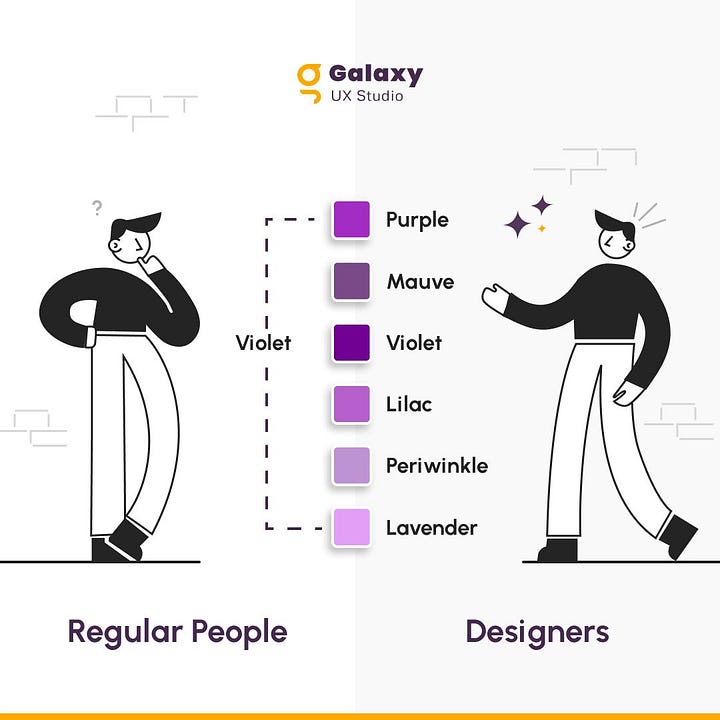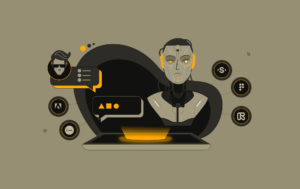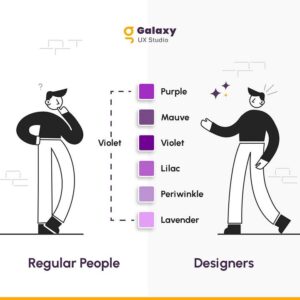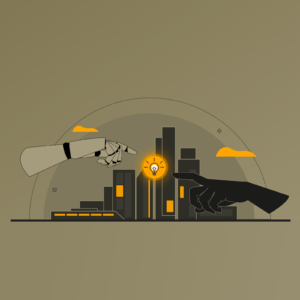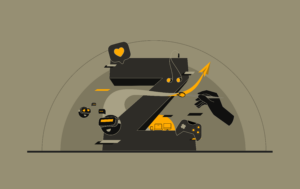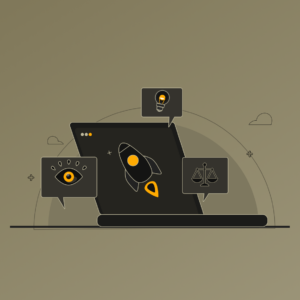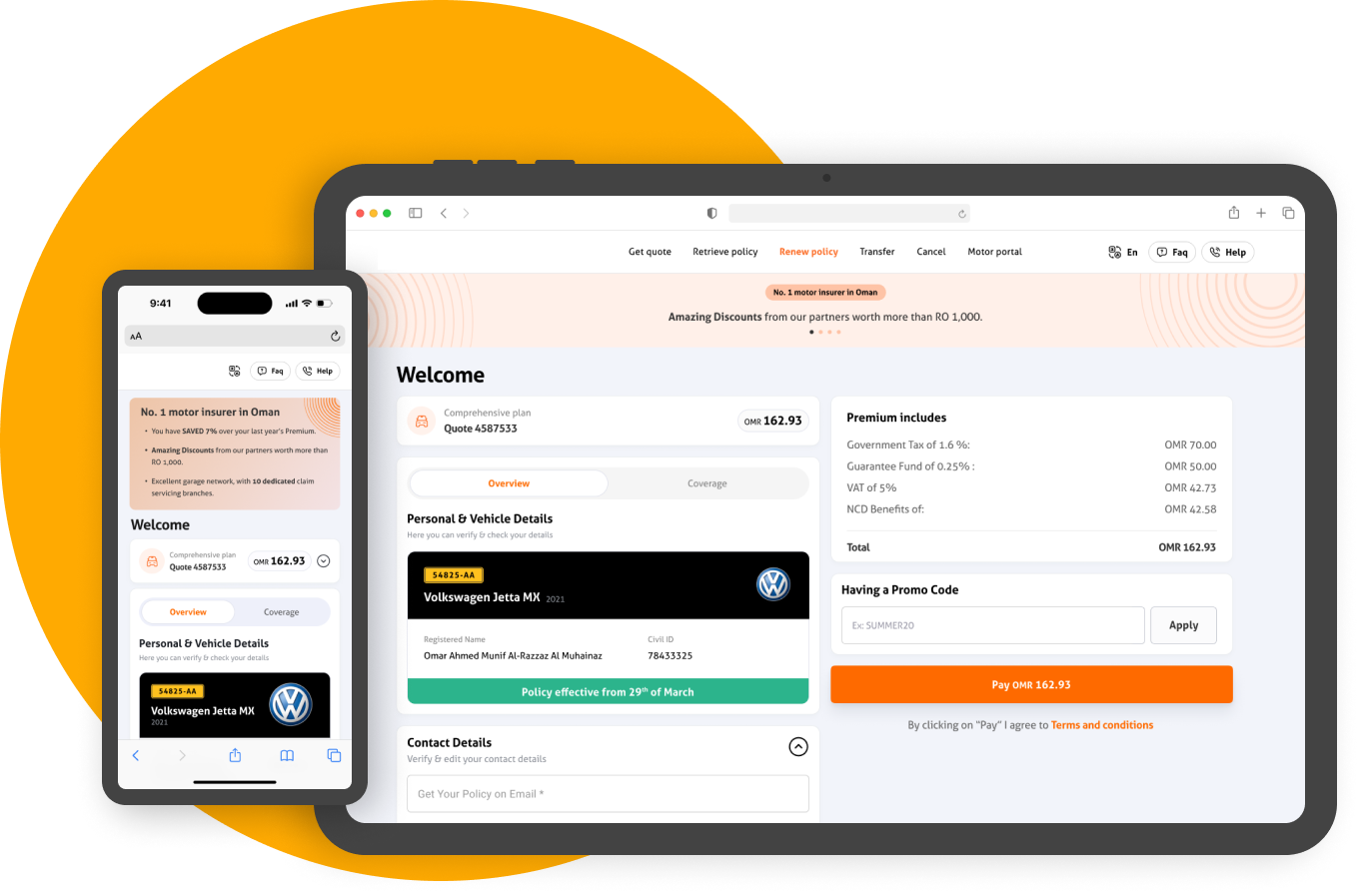It’s been a year working in Galaxy UX studio, and believe me it’s a wonderful experience, my vision and proactive looking towards the world are being changed, and my super innovative and creative skilled colleagues taught me a lot, and here I am penning down my thought about the difference between a UX/UI designer and a common man.
User experience has become a major part of the modern economy and is affecting everyone’s lives. UX/UI Designers are responsible for designing websites, mobile apps, and other digital interfaces that customers interact with. You might not realize it, but these designers are using their cognitive abilities to develop user-centered products that deliver value to users and achieve business goals. This article will help you understand how they work so you can better engage in conversation with them!
What is UX/UI Design?
UX/UI Design is the process of designing user interfaces for software applications with the goal of creating a user-friendly experience. This involves creating a visual design that is both aesthetically pleasing and easy to use. A UX/UI designer must have a strong understanding of human behavior and how people interact with technology. They must also be able to think creatively to solve problems and come up with innovative solutions.
Differences in the opinion of a UX Designer and Common Man
What is the difference between a UX/UI Designer and a Common Man? This is a question that often comes up in design circles. To be honest, there is no answer to this question. It all comes down to perspective.
A UX/UI Designer is someone who specializes in creating user interfaces and user experiences for software and websites. They take into account things like how easy the interface is to use, how intuitive it is, and how visually appealing it is. A Common Man, on the other hand, may not have any experience in design or even care about such things. All they care about is whether or not the software or website does what they need it to do.
So, from a UX/UI Designer’s perspective, the difference between them and a Common Man is that they are focused on creating beautiful and usable designs while the latter simply doesn’t care about such things. Does this mean that one group is better than the other? No, not necessarily. It just means that they have different priorities.
Design Process
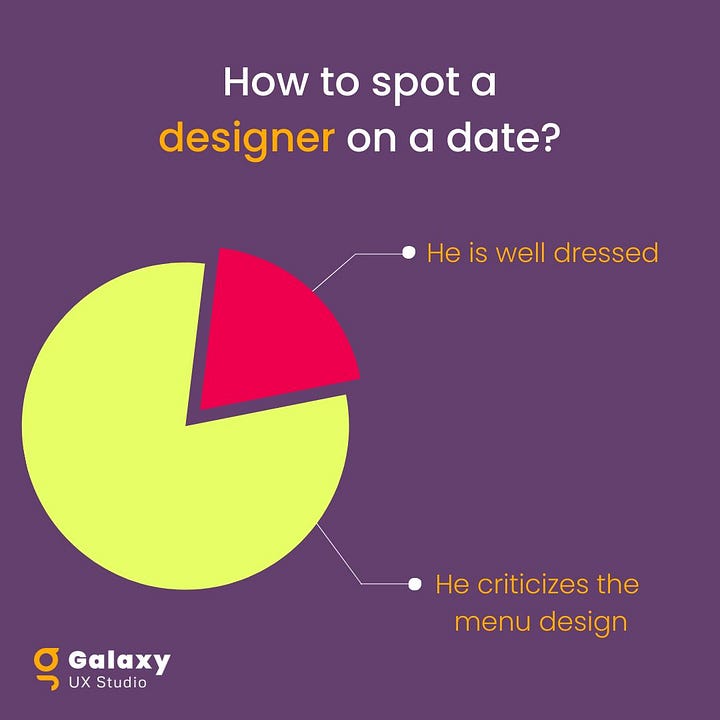
1. Designers think about design constantly. For them, design is not just something they do at work — it’s a way of life. They are always thinking about how things can be designed better, whether it’s the layout of a website or the flow of a mobile app.
While there are many similarities, there are also some key differences that set them apart. Here are few of the most notable:
2. Designers have a deep understanding of users and their needs. This is what drives our designs — they want to create solutions that will make users’ lives easier and help them achieve their goals.
3. They take a holistic approach to design, considering all aspects of the user experience, from the visual design to functionality and interactivity.
4. Designers use data and feedback to inform our designs. For them, design is not just about their own personal preferences, but rather what will work best for users. Therefore, they constantly test and iterate our designs based on user feedback.
Honesty in the design process
There’s a lot of talk about what goes into making a great design, but one thing that’s often left out is honesty. As a UX/UI designer, it’s important to be honest with yourself and your clients about what’s possible and what isn’t. This means being realistic about deadlines, being transparent about your process, and being truthful about your skills. It can be easy to get caught up in the hype of a new project, but if you’re not honest about your abilities, it will only lead to frustration down the road.
Conclusion
A UX/UI designer is someone who is passionate about improving the user experience of a product, while a common man might not be as concerned with this. A UX/UI designer typically has more experience and training in the areas of human-computer interaction and graphic design, while a common man likely does not have this same level of experience or training.
